Elizabeth Diller | Architecture and the Value of Public Space
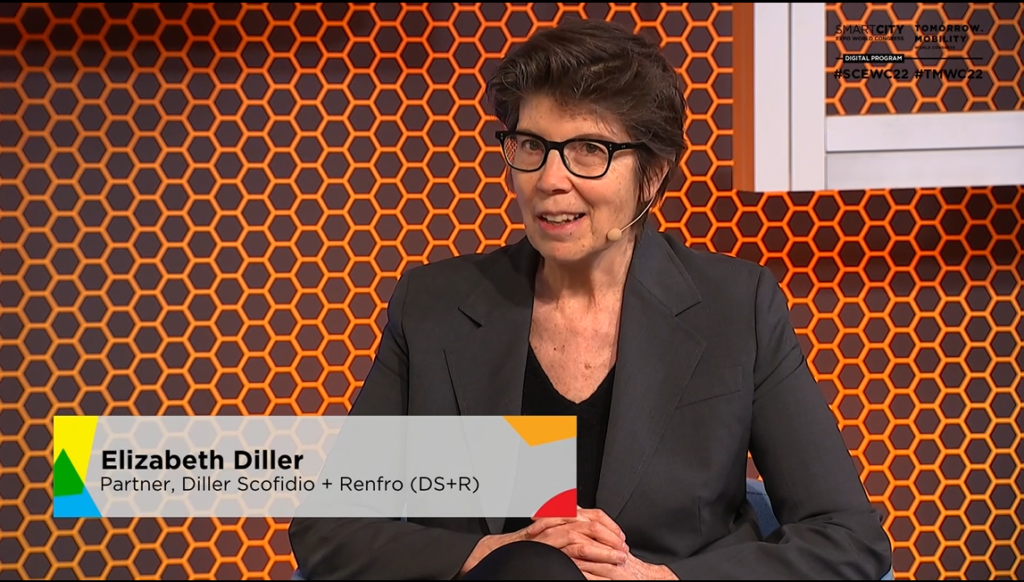
How cities are literally shaped and function comes down to architects and designers, who have to balance aesthetic with a functionality for citizens. Perhaps no one has been able to meld these two aspects better than our next speaker, Elizabeth Diller. She’s a partner at the architectural firm Diller, Scofidio, & Renfro, which she helped co-found in 1979. She received the first MacArthur Foundation fellowship in architecture and has subsequently been recognized with a James Beard Award and appeared in Time magazine’s “most-influential” list twice. She’s also an architecture professor at Princeton University.
Christina Yan Zhang | The Impact of the Metaverse in Smart Cities: Dystopian or Exciting Idea?
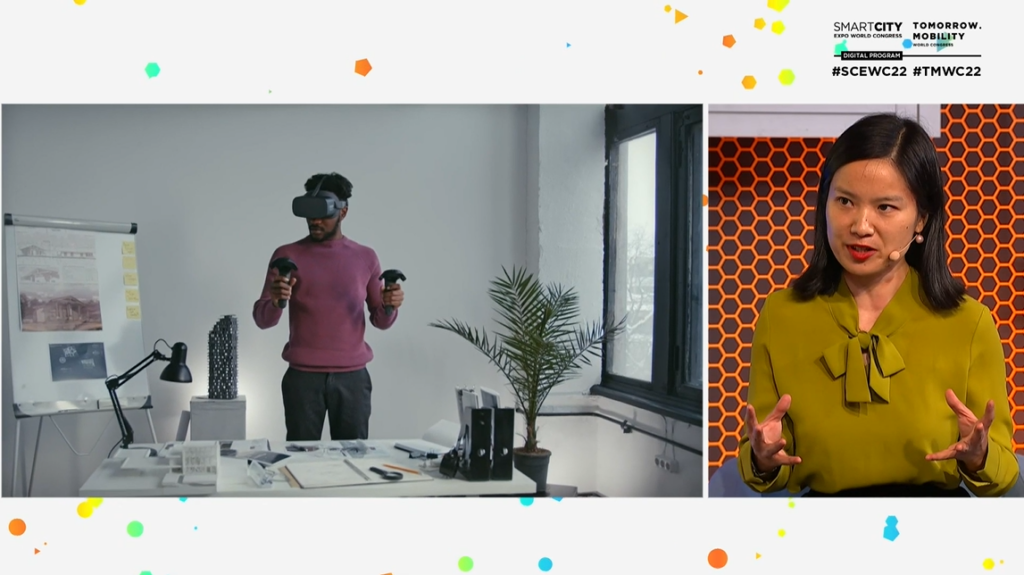
We are hearing the term “metaverse” being used increasingly within the news, society, and especially technological circles. The idea of a parallel digital universe is one that can seem dystopian or exciting for many. How this technology will impact Smart Cities of the present and future is the crucial question we shall be asking today. To help us luddites disentangle this complex topic is Christina Yan Zhang, CEO of the Metaverse Institute, a business consultancy service relating to the metaverse. She’s also the Founder and CEO of Arete Intelligence which provides education administration programs, and a Festival Chairperson for the Metaverse Week held in London. Christina Yan Zhang got her PhD in Civil Engineering from Loughborough University.
How Important Is Citizen Engagement in the Success of New Mobility Solutions?

Keeping us citizens involved and engaged with mobility projects is crucial for their subsequence success, it is thus, imperative for cities to bring sustainable and efficient urban mobility solutions. To talk with us on this subject is Julienne Chen, the citizen and programm manager at the European Institute of Technology for Urban Mobility, a european innovation community.
Opening Session: Cities Inspired by People
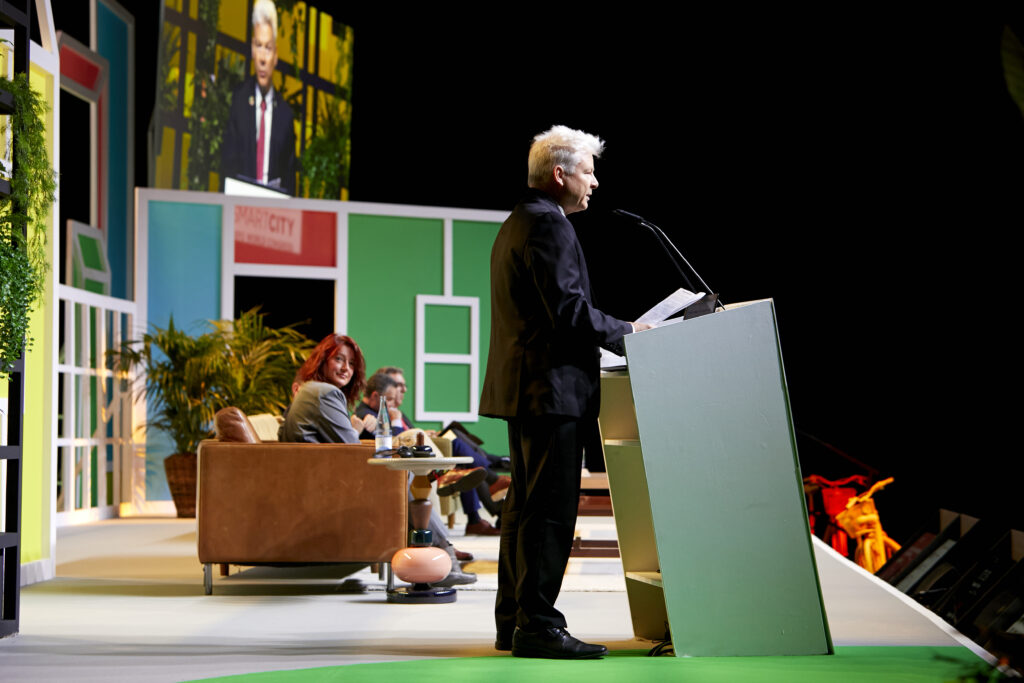
Dialogue with the Spanish Minister of Transport, Mobility and Urban Agenda: Cities and Mobility of the Future
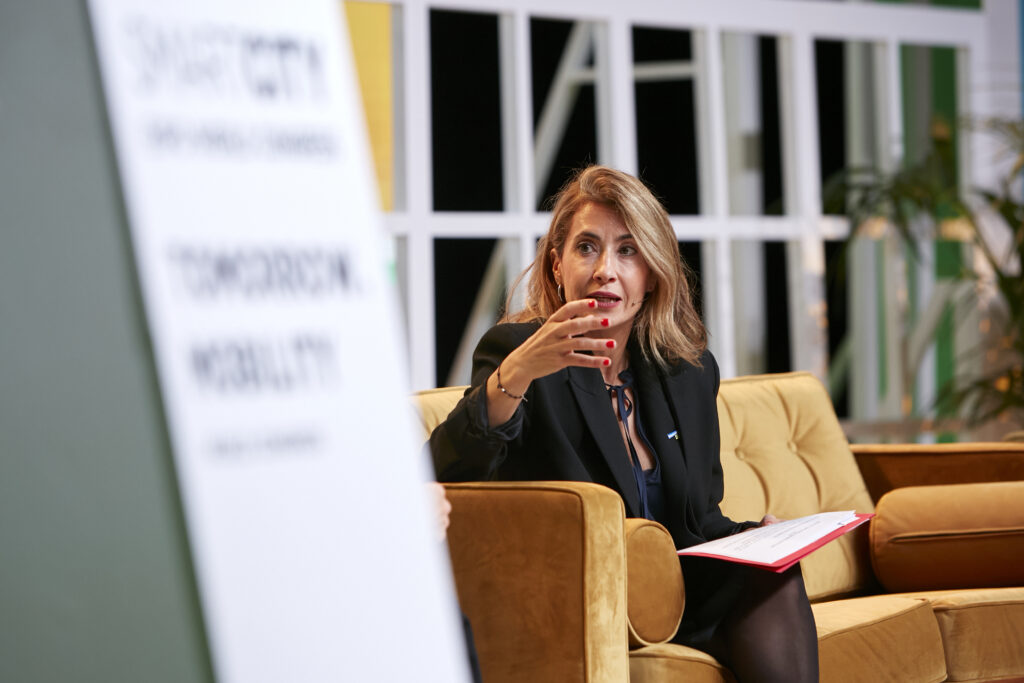
How can the Urban Agenda speed up the transformation of cities in Spain? This Dialogue with the Minister of Transport, Mobility and Urban Agenda of Spain, discusses pressing urban matters such as the evolution of the digitalisation of public transport, data sharing between private and public companies, and emission reduction in cities.
World Smart City Awards 2022

The annual World Smart City Awards is a prestigious international competition that seeks to recognize pioneering projects, ideas and strategies making cities around the world more livable, sustainable, and economically viable. In 2022, we received 337 top-level proposals from 60 countries worldwide.Meet the 2022 edition’s pioneering award winners!
When Technology Becomes A Push for Inclusion
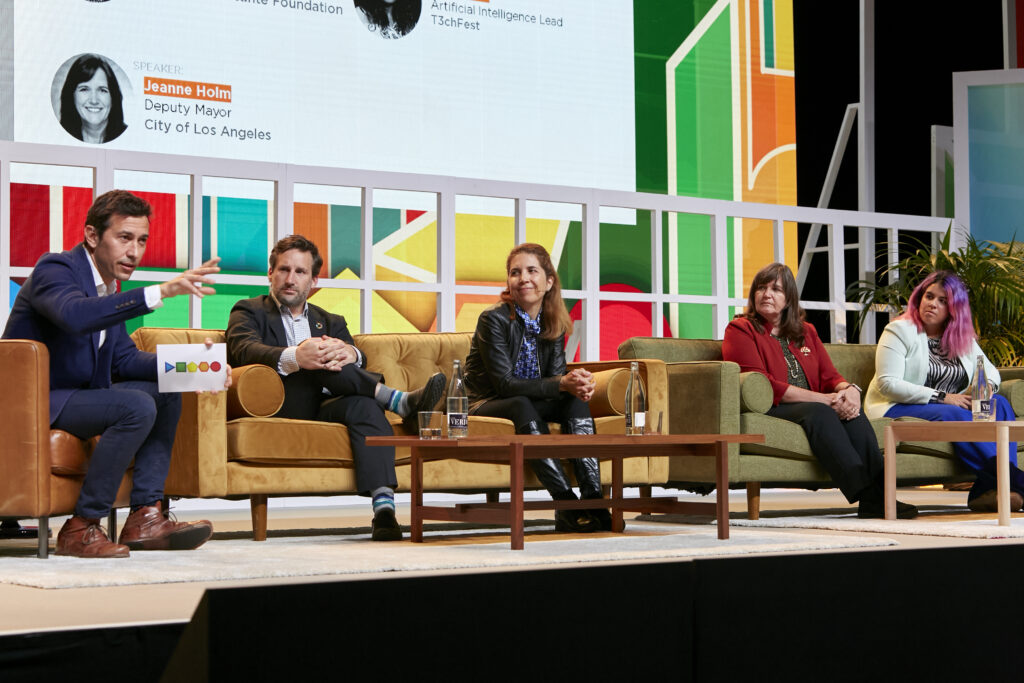
The digital transition can be a force that transforms cities for the better, ensuring agile digital services for all citizens, and facilitating the accessibility to new technology tools. But these advancements need to be implemented with inclusion at the core, making sure at every step that digital gaps are lowered, citizen rights ensured and that […]
Eduard Xatruch, Disfrutar: Creative Cuisine Sparking Inventive Cities

Just as it happens in creative cuisine, where trials and errors can turn into ideas and relevant solutions, city labs and participatory projects devising future cities can follow a similar approach. Parting from Eduard’s belief that team philosophy and inventiveness are the differential values of the creative culinary process, the session explores how these values […]
Dassault Systemes – Decision-Making Through VR Experiences
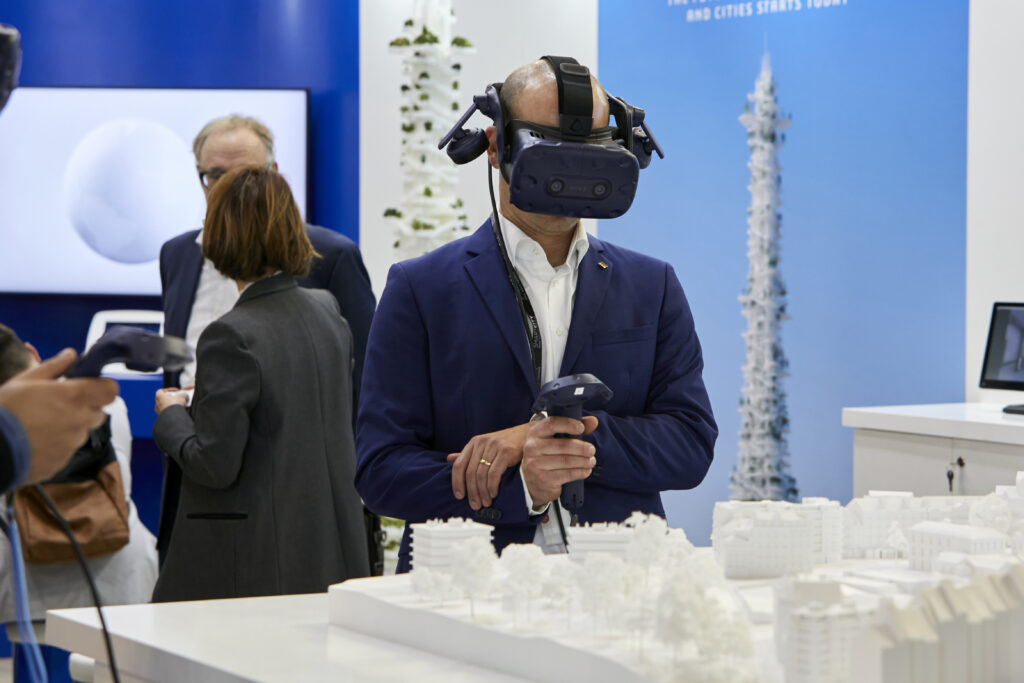
Increasing fuel prices and rising inflation means many local governments will have to do more with less. During these uncertain times, being able to assess the impact of an innovation up front will be key for cities looking to save time, money, and materials.
Smart Ports – Ports of the Future, Driving Cities Forward
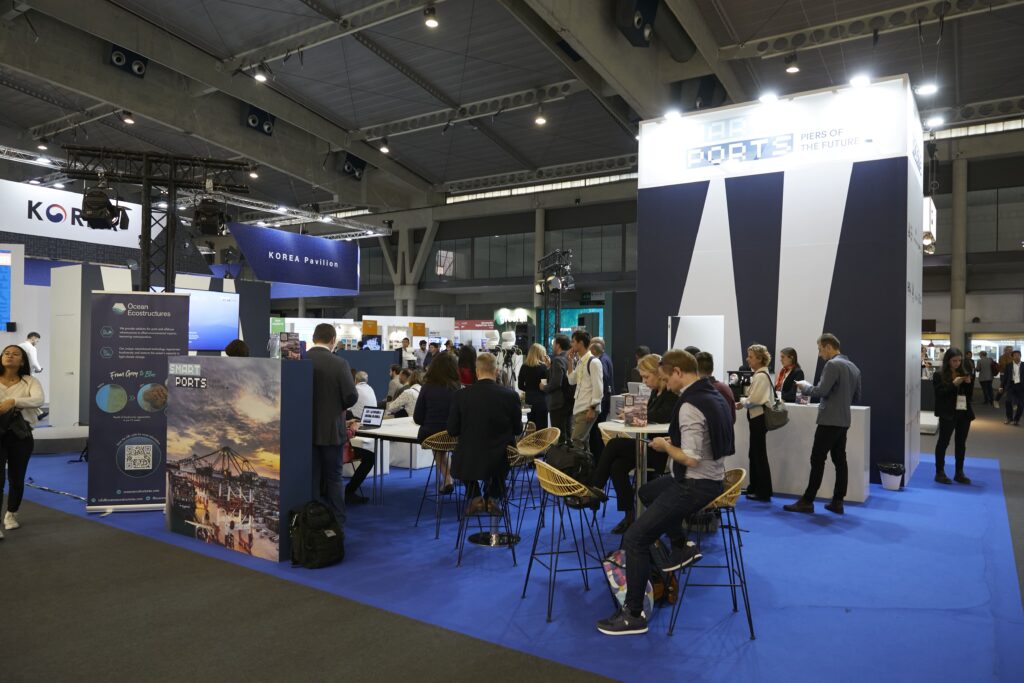
The gateway to the world in many of cities is through its ports. They prove to be a vital artery of trade, connection, and expansion for a city’s livelihood. As with many sectors of our society, the modernization of ports has led them to transform into Smart Ports. To talk with us today about how Smart Ports are impacting and evolving our cities is none other than Emma Cobos, the Director of Innovation and Business Strategy for the Port of Barcelona.